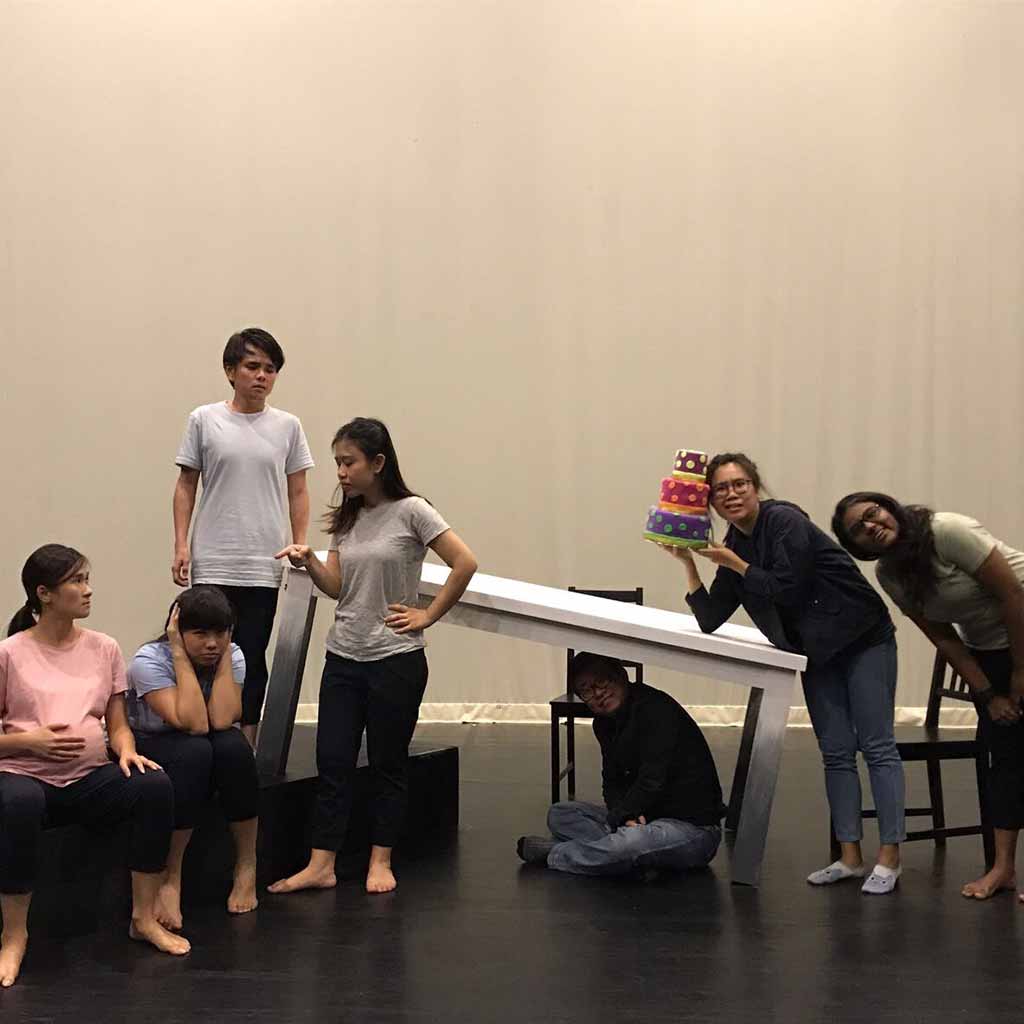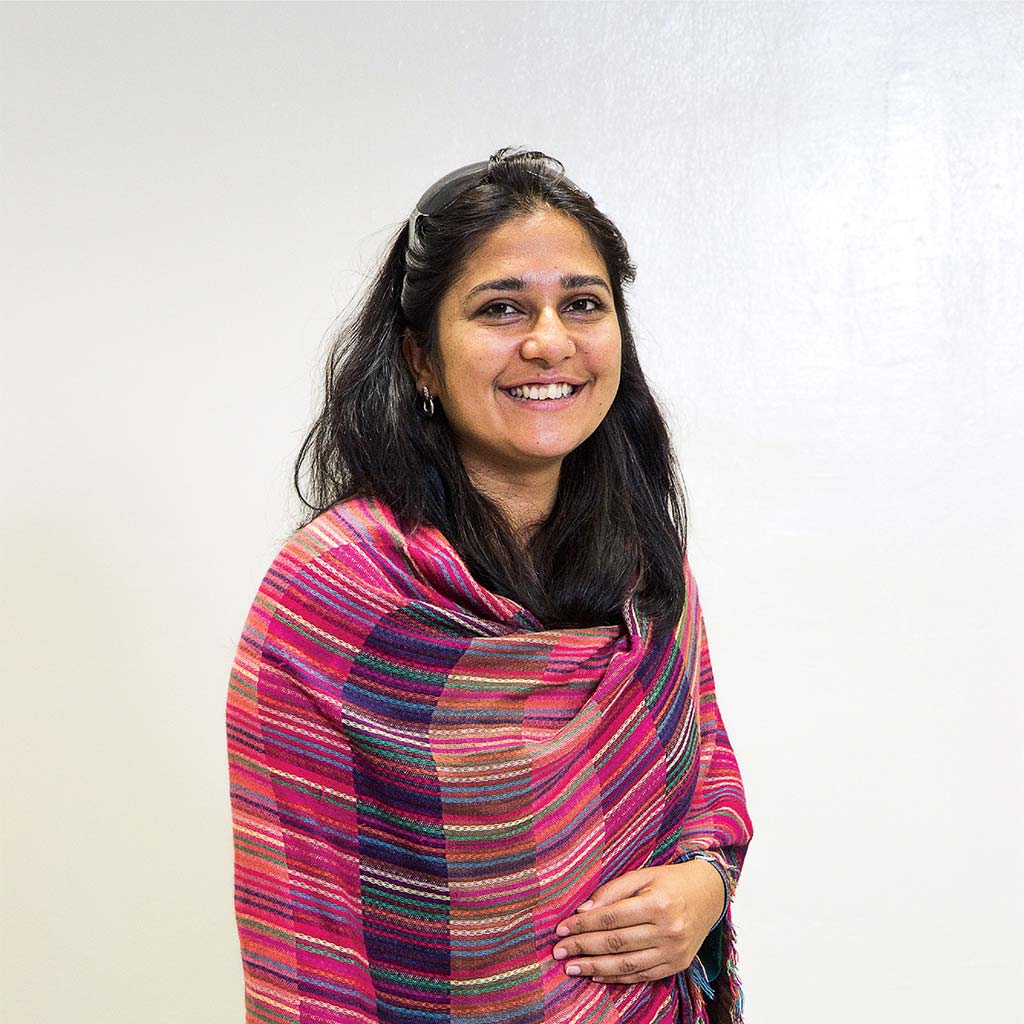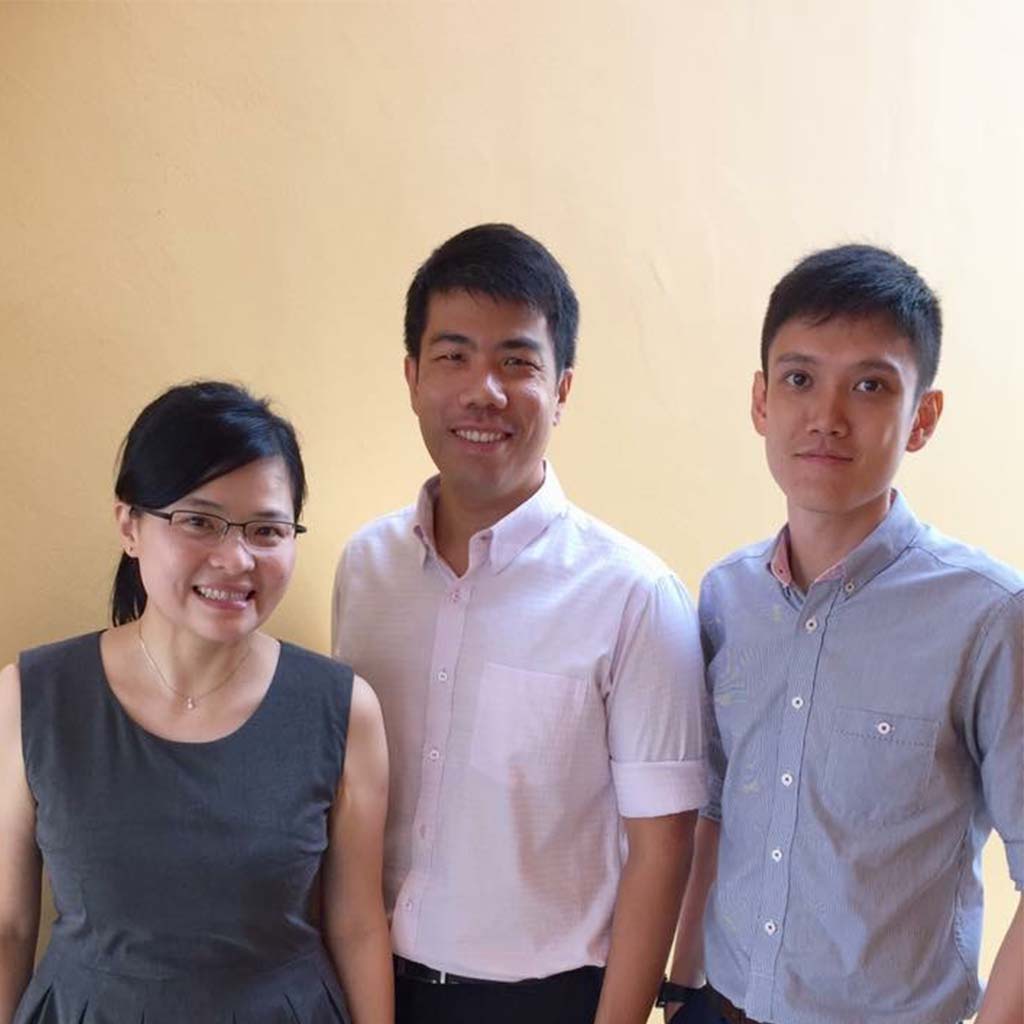 PORTRAIT
PORTRAIT
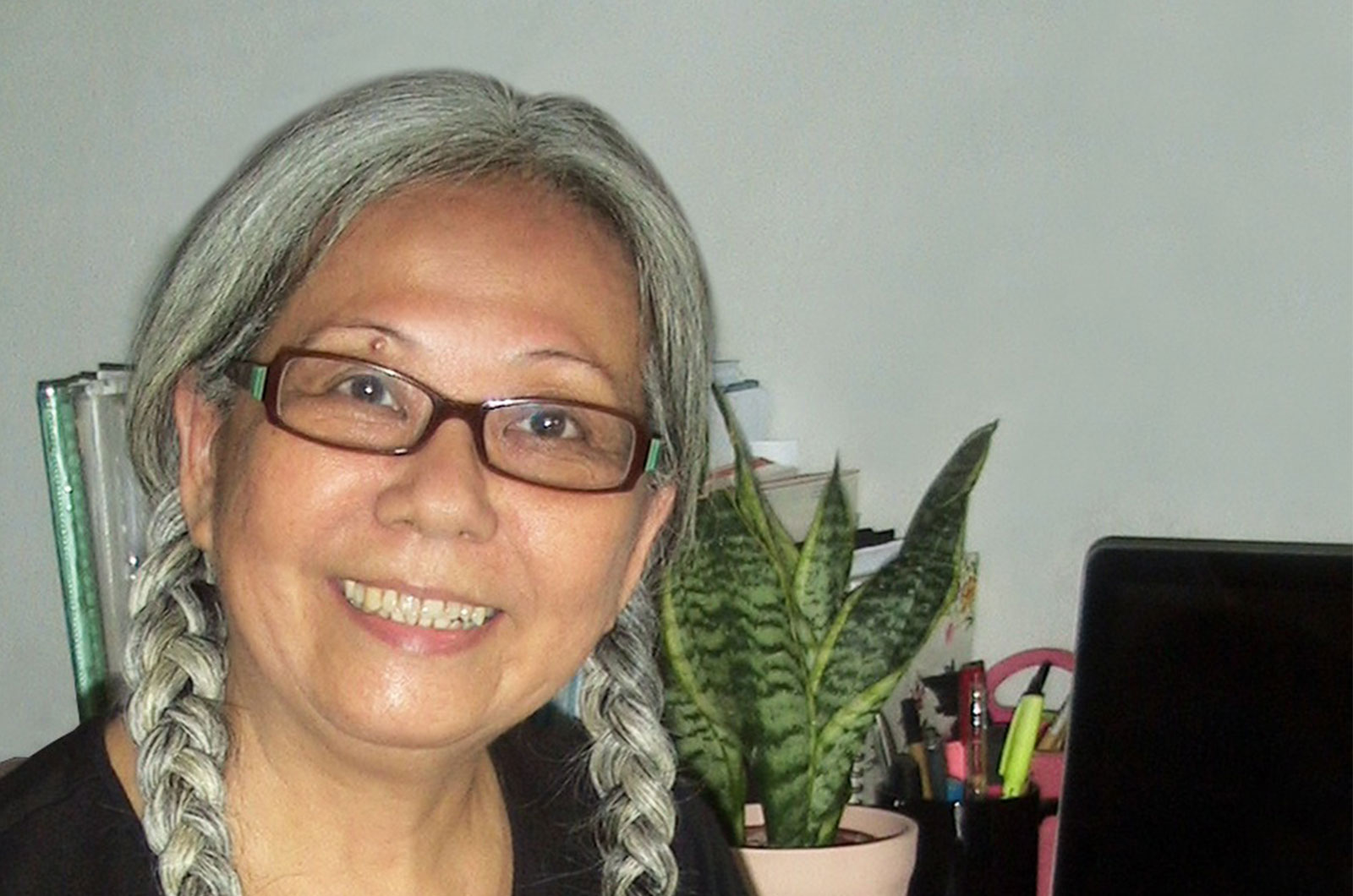
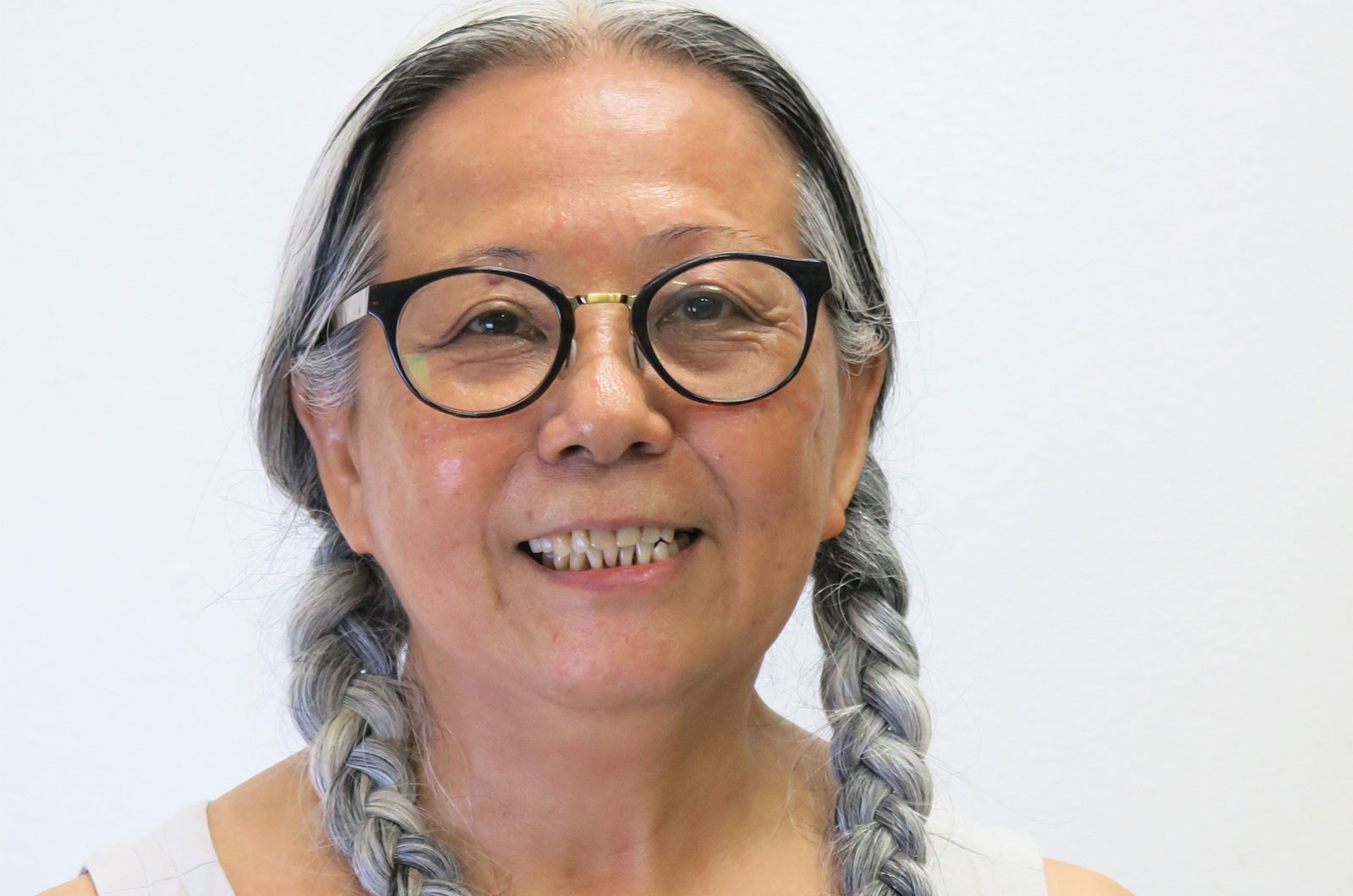
Amanda Heng is one of the nation’s pioneering performance artists whose works continue to explore real-world social issues in Singapore. The Cultural Medallion 2010 recipient for Visual Arts is also NIE’s Visiting Artist for the January 2018 semester, teaching AAA08G Research and Practice in Performance Art.
Would you share an overview of the course you are teaching: Research and Practice in Performance Art?
Through the course, I will be sharing my thoughts and research on the practice of performance art from the perspective of an art practitioner. The course covers historical contexts, provides an overview of the development of performance art in Western art history, and traces the connections in the art scenes of Asia as well as Singapore. I have also included case studies of various artists’ practices, and we will be examining the different ideas, processes, approaches, and research practised in Live Art. Students will get to experience performance art for themselves through hands-on demonstrations and practices.
Speaking of your students, what is the one thing you wish for them to take away from your course?
I hope they would gain the ability to understand and appreciate performance art and the role it plays in the development of contemporary art and culture around the world. It is also my wish for students to equip themselves with the ability to articulate their thoughts on performance art with an open mind and heart, as well as with informed and critical analysis.
From your perspective, how has art education in Singapore changed over the years?
In the 1980s and 1990s, art education was more focused on painting and sculpture, and the teaching of these techniques. Now, it is great to see colleges focusing on the development of ideas. Students are also offered more choices, such as installation art, performance art, video- and film-making, and digital art. They are encouraged to engage in cross-disciplinary practice. Of course, these new developments have to be supported with more vigorous discourse on art, and stronger research-based practice and theory study.
Do you think the expectations and goals of art students have changed over the years?
Yes. Today’s students have a clearer idea and direction in pursuing their art education because they are able to gain immediate access to the latest information on art and the most exciting forms of expressions and ideas. More students see the opportunity to pursue their art practices because they are aware of various governmental and institutional support.
The central theme to some of your works is the push for stronger and more active roles for women in Singapore society. To what degree has this been achieved, and what else can still be done?
My art practice is not done with the intention of changing society. Developing my practice helps me to define an understanding of the environments and meanings in my life. I learnt the significance of listening to my inner voice and developed the confidence to speak the truth. Gender prejudice is deeply rooted in many cultures and traditions. It is a long process, and more importantly, it takes courage, willingness, and wisdom from each and every one of us to make a change.
Art education is often considered secondary to other mainstream subjects of study. Why do you think this is so, and what can be done to change the perspective on the importance of learning art?
In Singapore, our beliefs are constructed on pragmatism, effectiveness, and immediate economic gains. Art does not promise quick answers to these beliefs. So, there is a need to correct the idea of learning and return to the true meaning of education. We have to change our pragmatic mindset and learn to appreciate the intangible values in life.
In your opinion, is there a missing link or component to art education in Singapore? How does it compare to art education in other countries?
We are lacking a strong research-based art practice. The study of art history and theory, the development of art discourse, and the publication as well as criticism on art — these are all essential to cultivate the culture of critical thinking and analysis, the learning of constructive criticism, and the acceptance of criticism.
The major difference between local art education and overseas practice is the open environment where students are free to experiment and make mistakes. A strong research-based art practice and study would help students to build the confidence for critical thinking, analysis, research, articulation, discourse, and writing.
What are you most looking forward to as an NIE Visiting Artist?
I have had rare but meaningful experiences of students presenting critical questions and sharing their genuine concerns in both art and life, so I definitely hope to see more critical art practices and vigorous art discourse.


